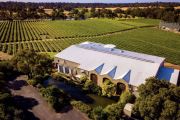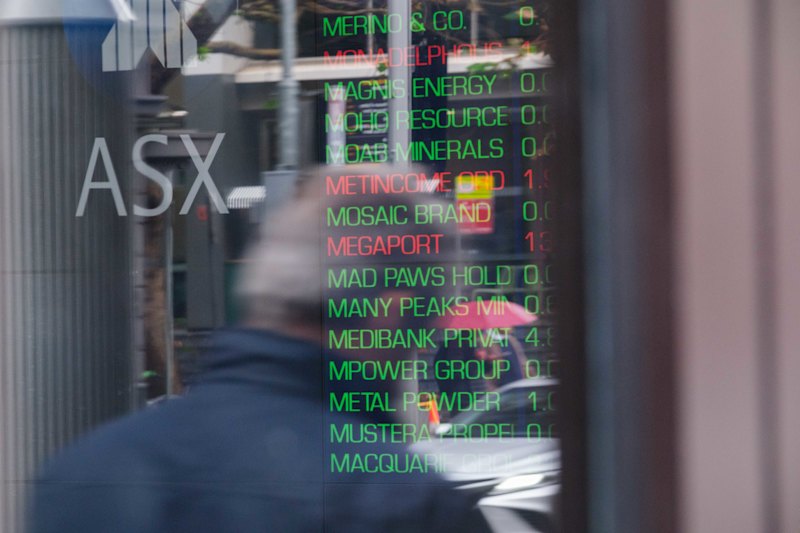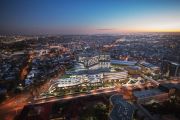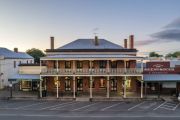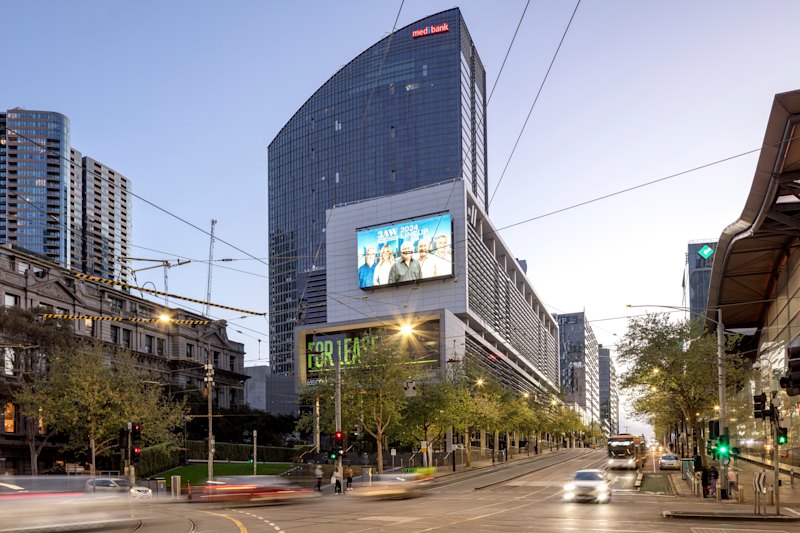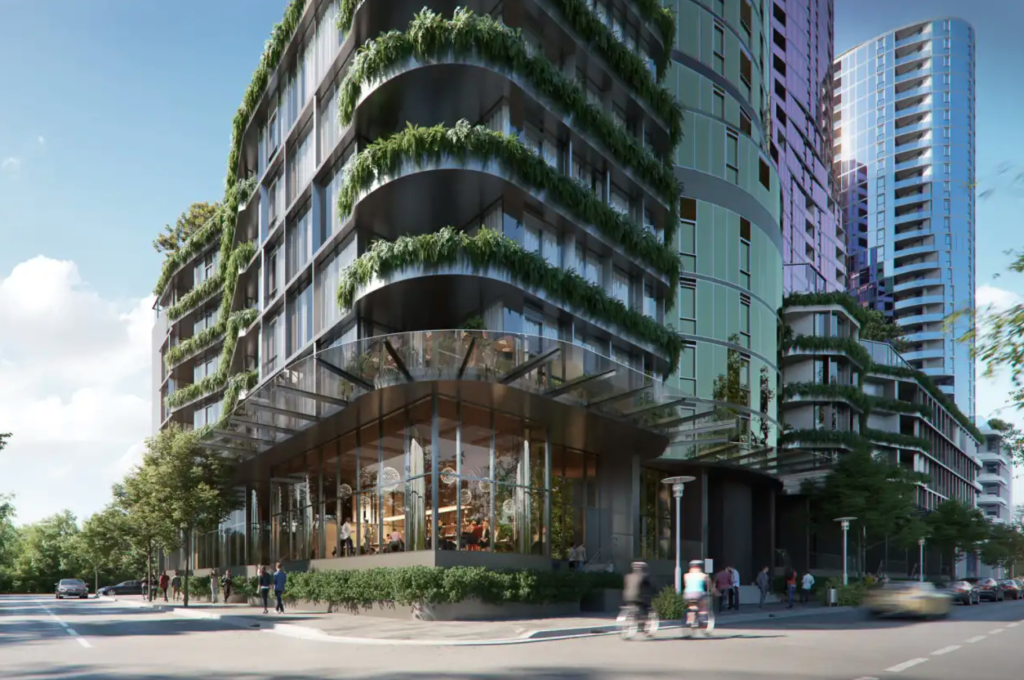
Build-to-rent pipeline hits record high, local investors slow to react
Interest in the emerging build-to-rent sector surged through the second half of 2020 with a record number of projects now in the pipeline, according to a new report from CBRE.
The strong pick-up in the BTR pipeline follows cuts to land tax applied to such projects announced by NSW and Victoria last year. The NSW government finalised changes to planning and tax policies for the nascent sector on Friday.
NSW Treasurer Dominic Perrottet said “we’ve levelled the playing field” and that BTR developments would have land tax cut by 50 per cent, as well as an exemption from foreign investor surcharges for eligible developments until 2040.
The changes mean BTR projects will be subject to a similar amount of overall state tax as comparable build-to-sell developments. However, higher land costs in Sydney remain a deterrent, with Melbourne attracting most investor interest, the bulk of which is coming from overseas.
The CBRE report said Australia’s BTR pipeline grew 68 per cent through 2020 and there are now 40 projects incorporating 15,000 units – 55 per cent of which are in Melbourne, 25 per cent in NSW and 15 per cent in Queensland.
“Victoria and Queensland are generally supported by greater availability of suitable development sites and lower barriers to entry in comparison to Sydney,” the report said.
CBRE estimated the present BTR market size exceeds $10 billion with an additional $3 billion to $5 billion in projects under consideration or due diligence.
Office alternatives
Report co-author Puian Mollaian said offshore institutional funding is backing about 57 per cent of projects in the pipeline.
“The level of enthusiasm in Australia is not as high as we are seeing from foreign investors but there are now more conversations happening with local institutions and superannuation funds,” Mr Mollaian said.
He said an increasing number of investors are looking for alternatives to office and retail investments due to the impact of COVID-19 on consumer, workplace and social behaviour.
BTR, healthcare, industrial and data centres are investors’ preferred alternative options. Yields on completed BTR projects in Australia are generally just above 4 per cent, Mr Mollaian said.
Momentum for BTR increased as 2020 progressed but financing may be an issue for some, according to one leading industry executive.
Chris Key, managing director of Greystar Australia, which has raised $1.3 billion for a BTR fund and has two projects in Melbourne, said banks will deal only with experienced, well-funded operators.
“I believe that half of the projects in the pipeline may not go ahead – new operators don’t understand the sector and won’t get funding from the banks,” Mr Key said.
He welcomed the NSW government move to cut BTR costs but said “the changes are not a silver bullet – land values are much higher in NSW, around double or triple the price on a per unit basis when compared with Victoria”.
Meanwhile, local property platform Investa, which is supporting Oxford Properties’ development of two BTR projects, welcomed the NSW tax changes, calling them “a great equaliser” that would encourage additional investment and development.
“More importantly, however, it levels the playing field for international investors to now pay the same taxes as domestic investors – as international investment will be essential to the growth of the sector,” said James Greener, Investa’s build-to-rent fund manager.

